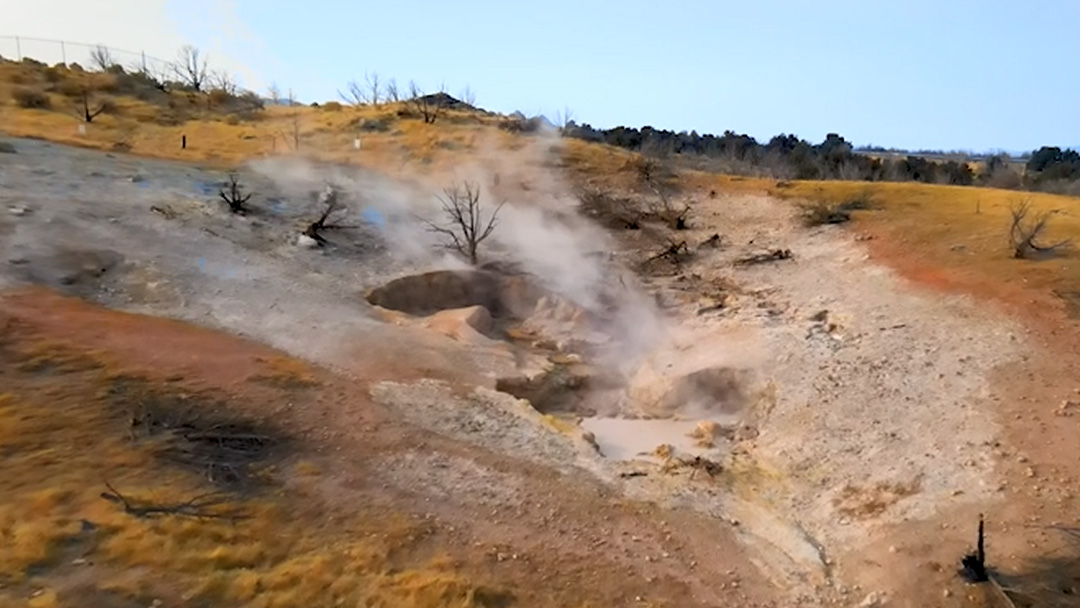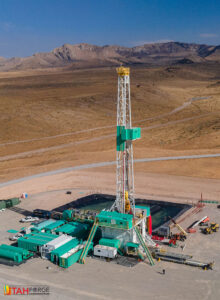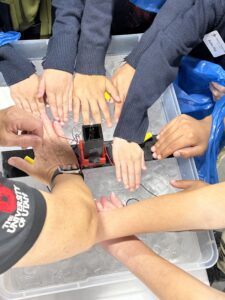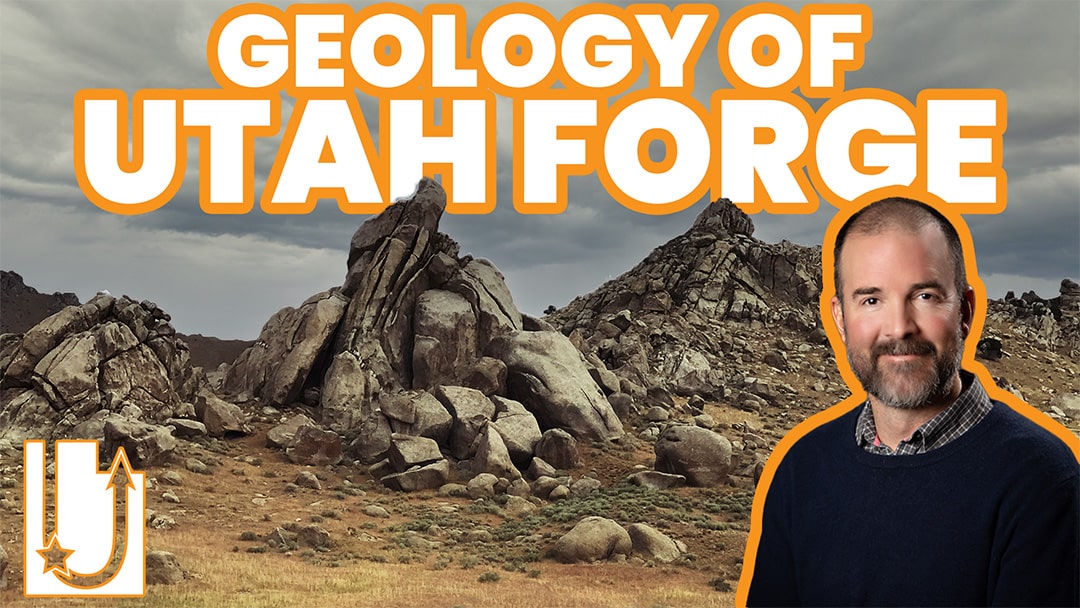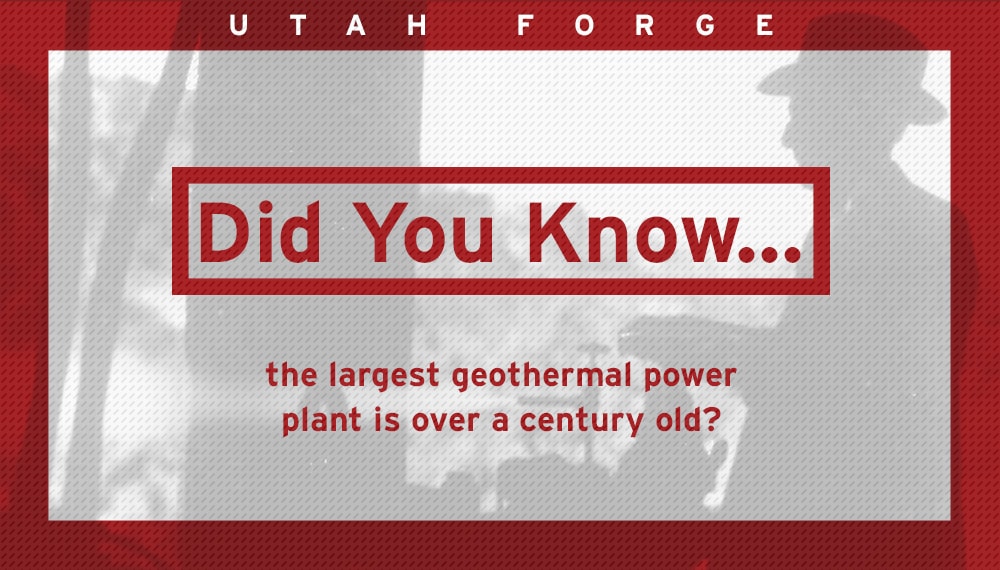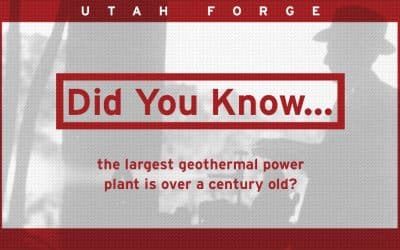
Did you know ... that Scottish clubbers use dance beat to generate heat?
In Glasgow, Scotland, dancers are taking “the heat beneath their feet” to a whole new level. An innovative technology is able to harness the energy produced by dancing clubbers and turn it into a way to heat the building.
The SWG3 nightclub has committed to going net-zero carbon emissions by 2025, and their plan for a one-of-a-kind heat pump system is a huge part of that. After being concerned with their emissions output, the nightclub’s management started to think of ways that they could reduce their footprint. After lots of meetings and planning, one idea became this new heat pump system, now known as Bodyheat.

Bodyheat works by taking the hot air inside the venue, generated by the movement of dancing clubbers, and pumping it underground. The heat is used to warm up a carrier fluid, which is then sent through a series of pipes into twelve 500-foot-deep boreholes and stored in a rock serving as a thermal battery. A typical cooling system would take the hot air and pump it outside into the atmosphere, but SWG3 puts that heat underground instead.
When it’s time to use it. the heat travels back into the pipes, back up above ground to the heat pumps, and used to heat the event spaces and provide hot water for the venue. SWG3 is used as an art display gallery and office space during daytime hours, which is when the heat, created by the clubbers, is used.
The nightclub invested about $670,000 into developing and installing this technology, but SWG3 projects that the savings on energy bills can offset that cost in about five years, saving them money in the long run.
David Townsend, founder of TownRock Energy, a company that helped develop Bodyheat, says that different types of music can generate different levels of energy. For example, the Rolling Stones are considered a middle-of-the-pack producer. One can get about 250 watts over the course of a song when playing the Stones. An experienced DJ could get up to 600 watts with the right song at the right time. The more excited and into the music the crowd gets, the more energy is available for harvesting.
Storing the energy produced by the movement of the body could be revolutionary. A similar system could be implemented in places like gyms, indoor sporting events, concert venues, or anywhere else where people are dancing or jumping up and down.
In terms of moving SWG3 towards their carbon-neutral goal, the Bodyheat system could reduce the nightclub’s outputs by around 60-70%. SWG3 is completely eliminating their gas boilers because of it. If the technology could be implemented in other locations around the world, it could help reduce the total amount of resources spent on heating buildings and allow the world to lower its carbon footprint.
https://www.nytimes.com/2021/12/30/arts/dance/geothermal-body-heat-glasgow-nightclub.html
https://www.odditycentral.com/news/bodyheat-a-dance-floor-that-converts-dancers-body-heat-into-energy.html
https://www.goodnewsnetwork.org/scottish-nightclub-is-powered-by-the-heat-from-dancers-moving-the-venue-to-thermal-energy/
https://www.thinkgeoenergy.com/glasgow-bodyheat-project-combines-human-body-heat-and-underground-heat-storage/
https://www.bodyheat.club/
https://www.ecowatch.com/nightclub-body-heat-energy-2655343999.html
https://www.bbc.com/news/technology-63161838
https://swg3.tv/explore/going-net-zero/
